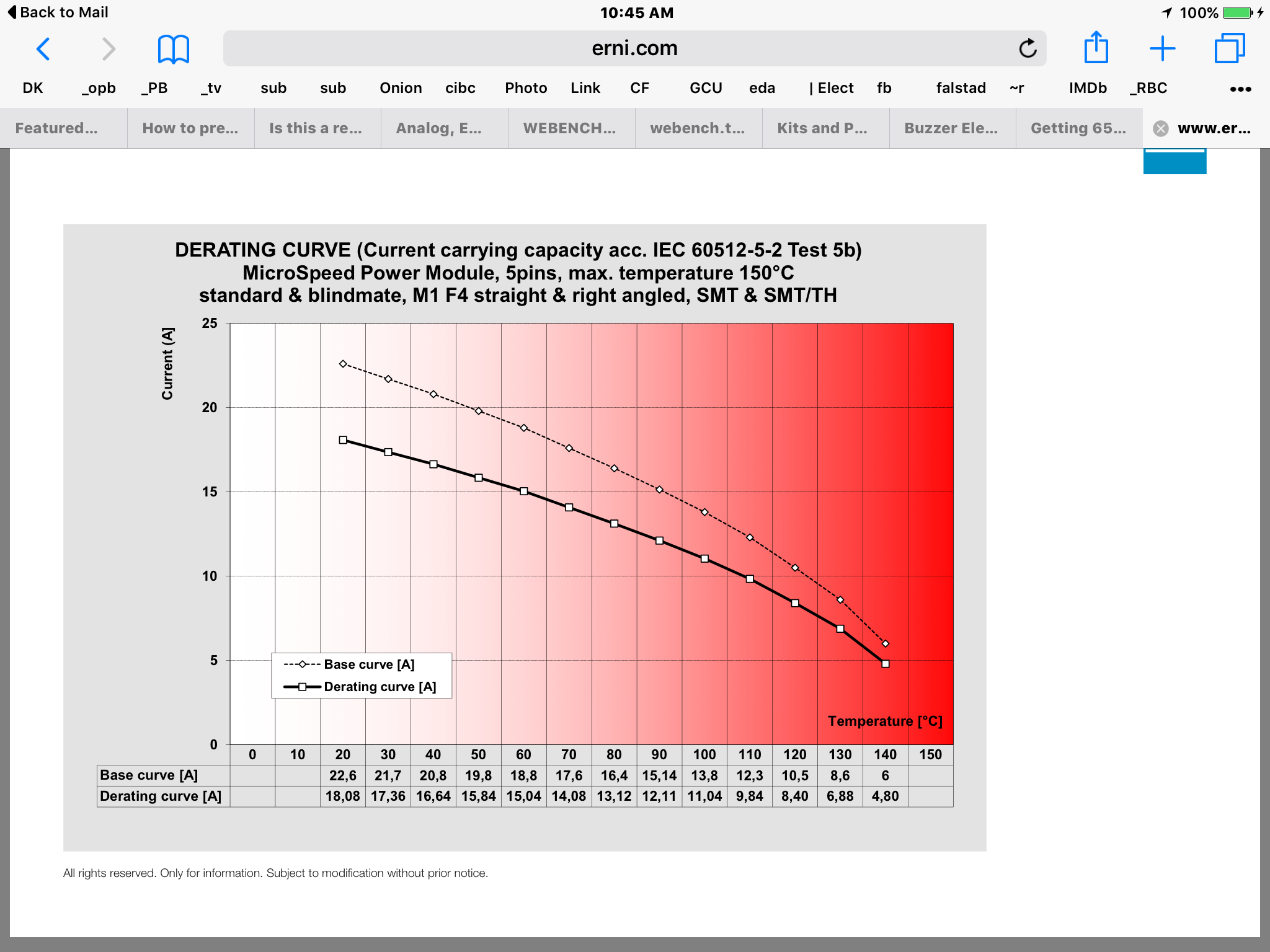D.A.(Tony)Stewart
Advanced Member level 7

- Joined
- Sep 26, 2007
- Messages
- 10,243
- Helped
- 1,866
- Reputation
- 3,737
- Reaction score
- 2,500
- Trophy points
- 1,413
- Location
- Richmond Hill, ON, Canada
- Activity points
- 64,618
Spade lugs to threaded screw washers and nut can achieve <10mOhm
You probably want <0.5mOhm
So define your spec 1st
You probably want <0.5mOhm
So define your spec 1st







